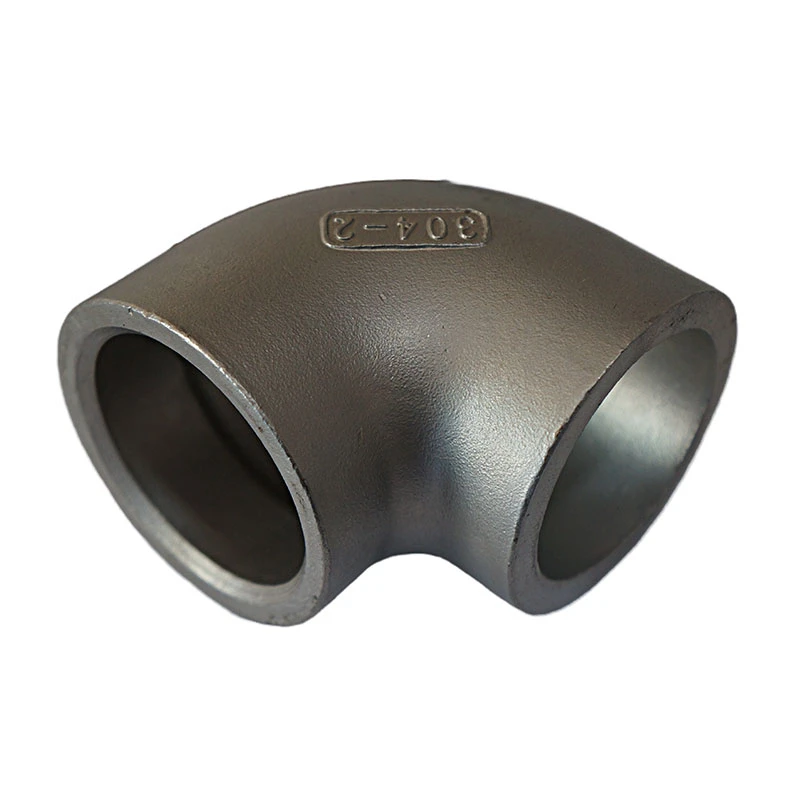air set sand casting
Air Set Sand Casting An Overview
Air set sand casting, also known as air-set casting or simply air-set, is an essential technique in the foundry industry utilized for producing intricate metal components. This method stands out due to its unique bonding agents that provide several advantages over traditional sand casting processes. In this article, we will explore the fundamentals of air set sand casting, its benefits, applications, and the process involved.
What is Air Set Sand Casting?
Air set sand casting is a process that utilizes a mixture of sand and a chemical binder, typically referred to as a phenolic resin. Unlike conventional sand casting, which relies on moisture for binding, air set sand casting cures and hardens at room temperature when exposed to air. This property allows for more intricate mold designs and better surface finishes, making it suitable for producing complex parts.
The Process of Air Set Sand Casting
The air set sand casting process begins with the creation of a mold. The sand mixture is packed tightly around a pattern, which is a replica of the desired final product. Once the mold is formed, the chemical binder is activated in the presence of air, causing the sand particles to adhere to one another and form a solid mold.
After the mold is sufficiently cured, the pattern is removed, leaving a hollow cavity in the shape of the desired part. Molten metal is then poured into the cavity through a pouring system, where it cools and solidifies. Once the metal has adequately cooled, the mold is broken away, revealing the cast part, which then undergoes various post-casting processes such as cleaning, machining, and finishing.
Benefits of Air Set Sand Casting
air set sand casting

One of the primary advantages of air set sand casting is its ability to produce high-precision and intricate designs. The use of chemical binders allows for better mold stability and dimensional accuracy, which are critical in manufacturing components with tight tolerances. Additionally, this method provides excellent surface finishes, reducing the need for extensive machining operations.
Another benefit of air set sand casting is its versatility. It can be used to cast a variety of metals, including aluminum, iron, and bronze. This flexibility makes it a preferred choice in various industries, including automotive, aerospace, and art foundries.
Moreover, the air set process is environmentally friendly compared to some traditional methods. The chemical binders used can be more sustainable, and the absence of water in the process allows for quicker drying times and reduced energy consumption.
Applications
Air set sand casting finds applications in numerous fields due to its precision and adaptability. In the automotive industry, it is frequently used to produce engine blocks, transmission housings, and other complex components. The aerospace sector also benefits from this casting technique to manufacture critical parts that require high strength-to-weight ratios.
Furthermore, sculpture artists and manufacturers of decorative items often opt for air set sand casting due to its ability to replicate detailed designs with a high level of accuracy. The finished pieces often exhibit intricate surface textures, making them highly desirable in the art world.
Conclusion
In summary, air set sand casting is a modern and efficient casting technique that offers numerous advantages over traditional methods. With its ability to produce intricate designs, high dimensional accuracy, and excellent surface finishes, air set sand casting continues to play a significant role in various industries. As technology advances and finds new applications, it is poised to remain a vital technique in the realm of metal casting for years to come. Whether in automotive components or stunning sculptures, the versatility and efficiency of air set sand casting will undoubtedly keep it at the forefront of manufacturing innovation.
-
OEM Sand Cast Pump Valve Fittings - Baoding Hairun Machinery And Equipment Trading Co., Ltd.NewsJul.31,2025
-
OEM Sand Cast Pump Valve Fittings - Baoding Hairun | Precision Engineering, CustomizableNewsJul.30,2025
-
OEM Sand Cast Pump Valve Fittings - Baoding Hairun Machinery And Equipment Trading Co., Ltd.NewsJul.30,2025
-
OEM Sand Cast Pump Valve Fittings - Baoding Hairun Machinery And Equipment Trading Co., Ltd.NewsJul.30,2025
-
OEM Sand Cast Pump Valve Fittings - Baoding Hairun Machinery|Precision Engineering&Fluid ControlNewsJul.30,2025
-
OEM Sand Cast Pump Valve Fittings - Baoding Hairun Machinery And Equipment Trading Co., Ltd.NewsJul.30,2025















